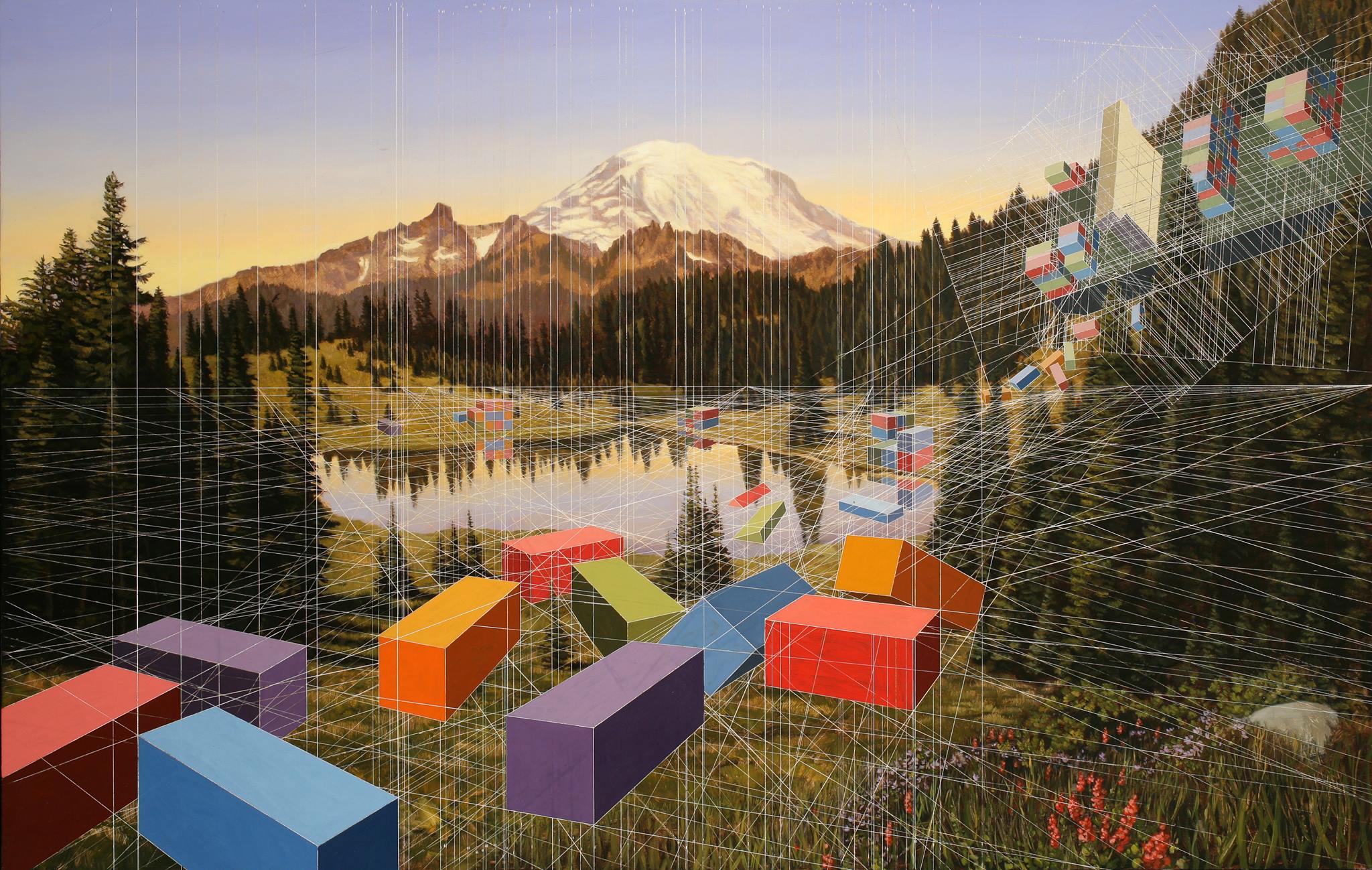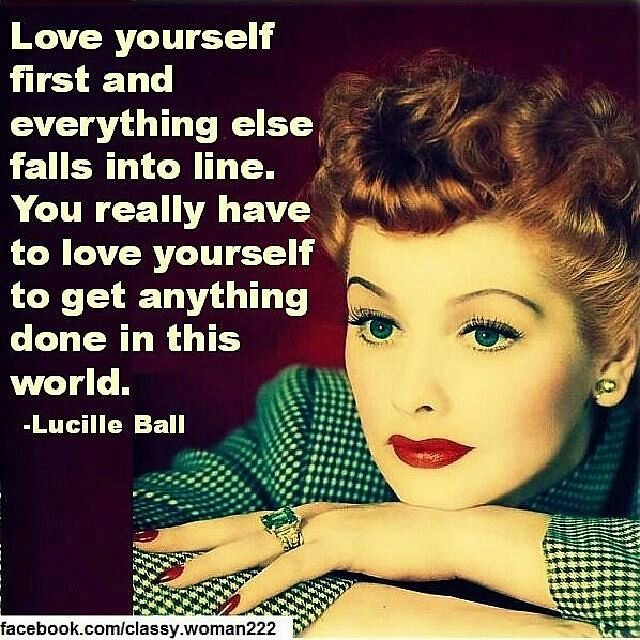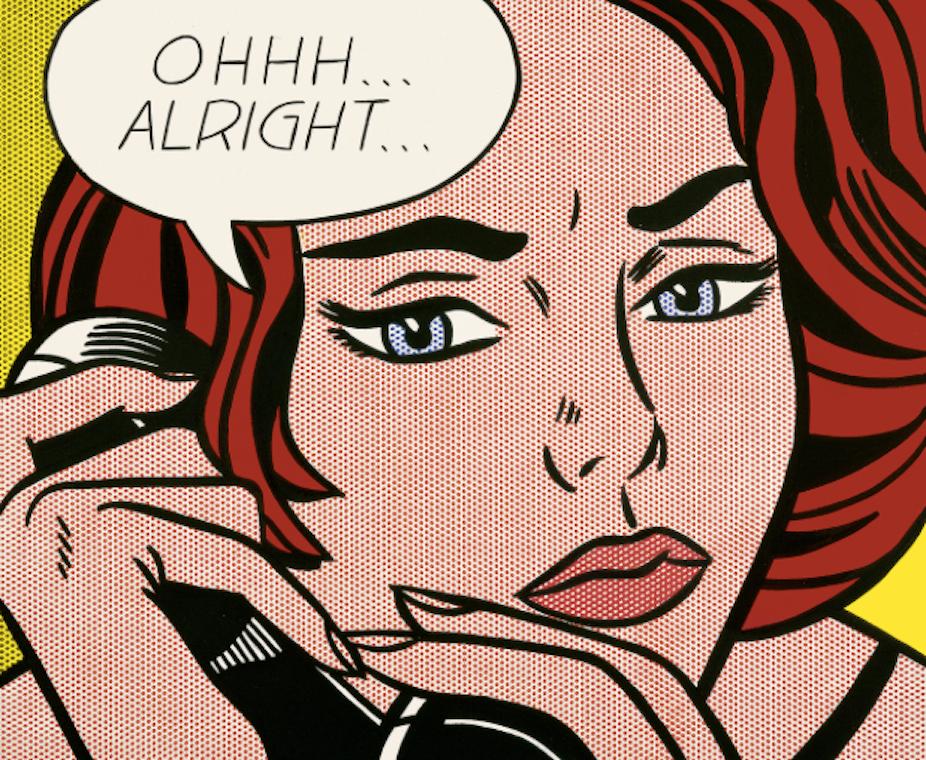
Kitsch refers to a low-brow, garish art form. This term can also be applied in Literature, Art, and Films which incorporate cultural icons. This article will discuss some examples of kitsch. It will hopefully help you identify this type of art and appreciate its beauty. Learn more about kitsch art in all its forms and how to recognize the work of artists who use it.
Art that's garishly nostalgic, very low-brow, and extremely naive
Kitsch art is an art form that's low-brow and has gained popularity in recent years. It is nostalgic and often retro. This art style is unique because of its historical context. It was created when art dealers ignored taste and favored cheap art. Kitsch can be defined as anything that isn’t high-brow. Movies, festivals, awards, and even arty products are a perfect example of kitsch art.
Kitsch art is loved by some for its nostalgia and sentimental appeal, but others see it as low-brow and not fashionable. Kitsch art is often seen as a garish, sloppy piece of art that is unsuitable for collectors who are high-end.

Literature that draws on cultural icons and popular figures
Kitsch is a genre of lowbrow art that uses popular or cultural icons in an inappropriate manner. These works are generally unsubstantial, often gaudy, and calculated for popular appeal. Kitsch is a German word that refers to trash or trash. It is often associated with sentimentality and gaudiness, and is often mocked.
Kitsch was opposed strongly by the avantgarde who felt it lacked the sophistication of fine art. In the 1950s, however, kitsch began to be redeemed in ironic, humorous, and earnest ways. Some critics have deemed it offensive due to its poor taste. Kitsch can still bring joy and can be enjoyed with no offense.
Kitsch films
Kitsch is a popular form of entertainment. Its unpretentious lightheartedness and uninspired use of cinema can be seen in almost any genre. The term is often used to refer to films that are commercially produced but are not without a touch of kitsch. Although kitsch can be seen as an aesthetic component, it can also have a negative connotation.
Although this type of art is associated with AngloSaxon culture, kitsch is a common feature of TV and film production worldwide. Different cultures have different ideas about kitsch. And different genres use the term to different ends. Kitsch can also be used to explore aesthetic conventions as well as social prejudices and political ideologies. This article will discuss how kitsch art is used in movies and TV series to examine the meanings of their artificiality.

Artists who use kitsch
Kitsch is an artistic genre in which artists create a work by downplaying the formal structure of an image. C.M. Coolidge created a painting depicting dogs playing poker at the beginning of the 20th Century. Margaret Keane, another kitsch artist was Margaret Keane who painted portraits and staring eyes of her subjects.
Kitsch art can often be seen as a reaction to 19th-century art. It conveys sentimentality and melodrama in an exaggerated way. It's not bad but it's close to the camp concept. The artist's intent is not always obvious, and the work may not be viewed critically.
FAQ
What are some examples of pop culture in today's world?
Pop Culture is the art form of the 21st century. It encompasses all forms of popular entertainment, from music, film, TV, video games, fashion, advertising, comics, etc. This term was created by Neil Postman, author of Amusing Ourselves and Death (1985). He defined "pop" as a style of mass communication that uses cheap tricks and formulaic devices to create an illusion of spontaneity and uniqueness.
He said that people don't experience true joy because they are conditioned to look for media experiences that make them feel better than others. In addition, he argued that this type of cultural expression had contributed to the loss of critical thinking skills among young adults.
Pop culture is also known as consumerism or popular culture.
How can we avoid the dangers posed by pop culture?
First, it is important to recognize when pop-culture influences us. It is important to recognize when pop culture influences us. Then, it is crucial that we do not allow ourselves to be influenced. Here are some ways you can avoid being influenced by bad influences
-
Avoid watching violent TV shows like Game Of Thrones.
-
Spend less time surfing the Internet. Read books instead.
-
Pay less attention to television. Spend your free time doing healthy activities.
-
Take care what you post online. After comments have been posted, they can't be deleted.
-
Make sure that any websites you visit are safe. Check them before you enter personal information.
-
Do not allow anyone to force you into doing anything dangerous.
Talk to an adult to help you if you find yourself addicted to pop music. You can contact your local library, or the National Center For Missing & Exposed Children (1-800-583-LOL).
Who was the first to coin the term Pop Music
Invented by Frank Zappa. He coined the term "pop music" to describe his musical style.
He stated that he wanted music that was accessible to all. This is why he called the music "pop music".
Zappa also coined the phrase "You know it’s POP when ..."" which refers to something being popular if it is enjoyed by many people. For example, Michael Jackson's Thriller album is one of the best-selling albums ever.
Zappa's definition of pop music is different from how it is now. Pop music can include all music. However, back then only certain music was considered popular.
What is music's popular culture?
Popular Music Culture can take many forms.
Popular music culture is defined by its use of certain styles of music (e.g., rock, jazz) and lyrics. It also encompasses the influence of visual media, such as film, television, fashion, advertising, etc., on artists' careers and public perception.
It's also how fans interact and support their favorite artists.
The rise of superstars - musicians who have made a name for themselves - is one aspect of popular music culture.
These superstars often transcend genres and become cultural icons, and their popularity has influenced the evolution of popular music itself.
Other elements of popular culture in music include:
* The rise of recording technology - from acoustic instruments to electric guitars and microphones;
* The invention of record players and radios;
* The birth of rock 'n roll.
* The introductions of film and television;
* The birth of MTV/VH1;
* The creation or the Internet.
How can I make pop culture part of my marketing strategy
Pop culture is a great way to understand how to market your products and services.
Let's say, for instance, you wanted to promote a movie. What type of promotion could you offer?
A trailer could be created using clips from the film. You can even find clips that feature your products and services to include in your trailer.
Another option is to create a parody trailer using clips from other movies.
If your product or service is closely related to the movie's themes, you can create a campaign that follows the film's storyline. For instance, if the movie is set in outer space, you might want to advertise a product that helps astronauts stay healthy while traveling through space.
You could promote your business based on the movie's storyline if it was connected. For instance, if your company sells food, you could offer free food samples to customers who buy tickets to see the movie.
How did pop culture come to be?
It was an accident. The accident that someone accidentally knocked down a piano in 1920 caused the first song's creation.
The recording company loved the music and decided to make it a single.
This became the first recorded hit single.
Pop music has become today's most popular form for musical entertainment.
How did pop culture develop?
Technology drove the development of popular culture. It evolved as people became mobile. The radio was the first to allow mass communication. This allowed for the rise of television and the birth of the internet.
People started using computers at home and were exposed to computer games. These games were played on consoles, such as the Nintendo Wii and Sony Playstation3. They are now becoming available for free online. Consequently, many young people play video games instead of watching TV.
Video games are very popular among teens and children. These games can be played solo or with friends over the internet. Games like Call Of Duty and Grand Theft Auto are extremely violent. These games can cause serious harm to children, so parents should be concerned about their children. Some people find it thrilling to see what happens when a character is killed.
Music videos are another way in which pop culture influences youth. They are a great way to learn about celebrity news and the latest trends. These celebrities are a favorite of young people. There's no doubt about it: music plays a big part in our lives!
Many artists use special effects in music videos to enhance their songs. To make their appearance more attractive, rappers may wear makeup or wigs. To show off their bodies, some musicians are willing to put themselves through extreme physical hardships. Many singers sing in costumes.
Music is available in a wide variety of formats today. You can listen to whatever you like. This isn't always a good thing. Music can be a motivator for violence. Some lyrics or words can cause people to get mad. Sometimes, they even commit criminal acts.
50 Cent was a victim of this phenomenon recently. One line in his song Get Rich Or Die Trying says: "I'm going after a motherfucker / But I don't know how, but I might." This song was thought to mean that he would murder someone. A man threatened him by calling him. 50 Cent changed the lyrics. It now says, "I'll shoot one bitch down/ I don’t know why, but I just might."
Popular culture is essential. We need to understand how it affects us. If we don’t, it will be difficult to protect ourselves against its negative effects.
Statistics
- According to Dictionary.com, popular culture, or low culture as it is sometimes referred to is comprised of the “cultural activities or commercial products reflecting, suited to, or aimed at the tastes of the general masses of people” (7/21/19). (socialsci.libretexts.org)
- Latinos represent roughly 19% of the U.S. population. (npr.org)
- In 1987, US films captured 56% of the European film market. (socialsci.libretexts.org)
- Less than a decade later, that statistic rose to 90% (Dager, n.d.). (socialsci.libretexts.org)
- Yet a Nielsen study shows they account for 42% of the country's most-watched content on streaming services. courtesy Nielsen (npr.org)
External Links
How To
What is pop cultural in movies?
Popular Movies Culture includes all aspects entertainment such as books, magazines, newspapers and television programs. It also includes websites, blogs, social media, apps, gaming, and other media.
There are many types of movies: drama, horrors, comedy, action/adventure and fantasy. Science fiction, romance, thrillers, war, documentary, animated, and westerns.
Movie plots often follow a predictable series of events that lead to satisfying conclusions.
This formula will determine the success of a movie.
Some common plot points include:
-
The protagonist must overcome obstacles in order to reach his/her goal.
-
An antagonist that opposes your protagonist throughout the film.
-
The protagonist must make a moral decision in a moral dilemma
-
It's a twist ending that will change everything
You may have to reevaluate the outline or concept of your story if it doesn't fit within one of these categories before you start writing.
Pay attention to these questions:
-
How do I establish my setting?
-
What does my protagonist want?
-
Why should readers care about my story?
-
Where is my story going now?
-
Who is my main character
-
What about conflict?
-
What is the climax
-
What is my resolution?
-
Is it happy or sad that the ending is here?
-
Do I have to introduce new characters
-
Does my story feature multiple settings?
-
Do you have subplots?
-
Do you see any main themes?
-
Can I tell a complete tale in just one chapter?
-
Are I effectively using dialogue?
-
Is it clear and concise in my language?
-
Does my vocabulary match the context?
-
Are you using active voice rather than passive voice?
-
Are there any spelling mistakes?
-
Is my grammar correct?
-
Are there too many adverbs
-
Do you have any suggestions?
-
After I finish editing, what's my first impression?
Your job is more than just to write a book. It is also about getting it published.